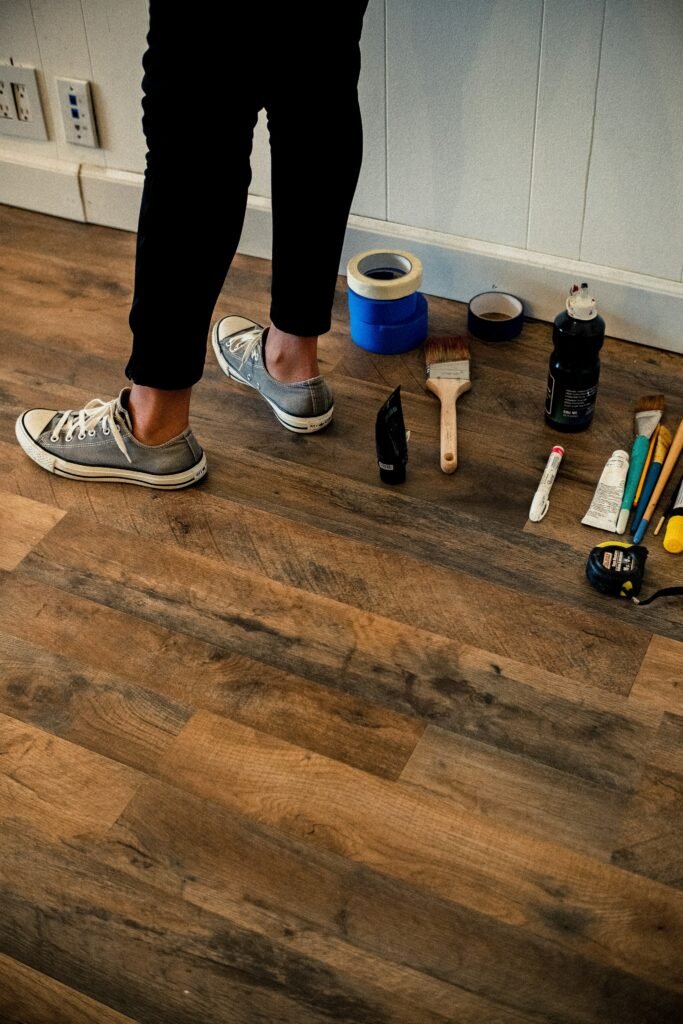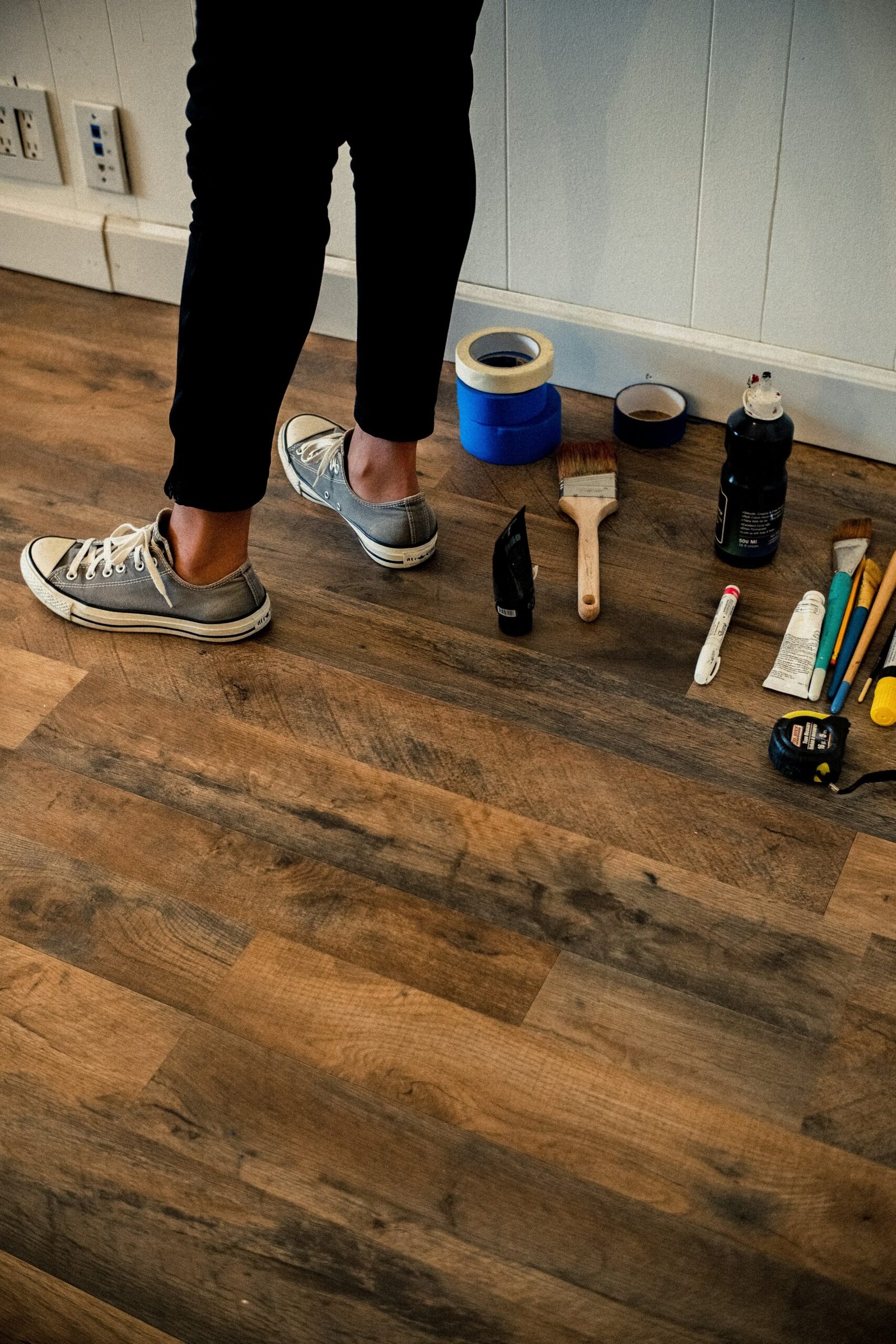Are you tired of looking at that broken clock on your wall? Do you wish you could fix it yourself but don’t know where to start? Look no further! In this DIY Clock Repair Made Easy: Video Tutorial Series, you will learn everything you need to know to repair your clock like a pro. So grab your tools and let’s get started!

This image is property of images.unsplash.com.
Why Repair Your Own Clock?
Repairing your own clock may seem like a daunting task, but it can be a rewarding experience. Not only will you save money on expensive repairs, but you will also gain valuable knowledge and skills that can be applied to other household items. By taking control of the repair process, you can ensure that your clock is fixed properly and will continue to keep accurate time for years to come.
Save Money
Clock repair services can be costly, especially if you have a rare or antique clock that requires specialized attention. By learning how to repair your own clock, you can save hundreds of dollars in repair fees. With just a few basic tools and some patience, you can breathe new life into your old clock without breaking the bank.
Gain Skills
Repairing a clock may seem intimidating at first, but with the right guidance and practice, you can become an expert in no time. By troubleshooting and fixing your clock yourself, you will gain valuable hands-on experience and develop a new set of skills. Who knows, you may even discover a hidden talent for working with intricate mechanisms!
What You Will Need
Before you begin repairing your clock, it’s important to gather all the necessary tools and materials. Having the right equipment on hand will make the repair process much smoother and more efficient. Here is a list of essential tools you will need for DIY clock repair:
| Tool | Description |
|---|---|
| Screwdrivers | Different sizes and types for removing clock parts |
| Pliers | For gripping and manipulating small clock components |
| Tweezers | To handle delicate clock parts with precision |
| Cleaning Brush | To remove dust and debris from the clock mechanism |
| Lubricant | For lubricating moving parts to ensure smooth operation |
| Replacement Parts | Springs, gears, and other components that may need to be replaced |
Make sure to have these tools readily available before you start repairing your clock. This will save you time and frustration as you work through the repair process.

This image is property of images.unsplash.com.
Understanding Clock Mechanisms
Before you dive into repairing your clock, it’s important to have a basic understanding of how clocks work. Different types of clocks have varying mechanisms that power their movement and keep time accurately. Here are some common clock mechanisms you may encounter:
Mechanical Clocks
Mechanical clocks use intricate gears and springs to regulate time. These clocks require winding either manually or through a spring-driven mechanism. Mechanical clocks are known for their accuracy and longevity but require regular maintenance to stay in good working condition.
Quartz Clocks
Quartz clocks are powered by a small quartz crystal that generates an electrical pulse to regulate the movement of the clock hands. These clocks are known for their accuracy and affordability, making them popular choices for modern timepieces. Quartz clocks are low maintenance and typically require battery replacement every few years.
Pendulum Clocks
Pendulum clocks use a swinging pendulum to regulate timekeeping. The swinging motion of the pendulum controls the movement of the clock hands, creating a rhythmic ticking sound. Pendulum clocks are elegant and decorative, but they require careful calibration to keep accurate time.
Diagnosing Common Clock Problems
Before you can start repairing your clock, you need to identify the underlying issue that is causing it to malfunction. Here are some common clock problems you may encounter and how to diagnose them:
Clock Stops Ticking
If your clock has stopped ticking altogether, the issue may be due to a worn-out spring or gear. Check to see if the clock hands are stuck or if there is any debris blocking the movement. If the clock is wound too tightly, it may stop ticking until the tension is released.
Clock Runs Too Fast/Slow
If your clock is running either too fast or too slow, the problem may lie with the escapement mechanism. The escapement regulates the speed at which the clock gears rotate, so any issues with this mechanism can cause the clock to keep incorrect time. Adjusting the escapement may help correct this problem.
Clock Chimes Incorrectly
If your clock is chiming at the wrong times or not chiming at all, there may be an issue with the striking mechanism. Check to see if the strike hammers are aligned correctly and that the chime sequence matches the current time. Realigning the hammers and adjusting the chime synchronization may solve this issue.

This image is property of images.unsplash.com.
Step-by-Step Clock Repair Video Tutorials
Now that you have a better understanding of clock mechanisms and common problems, it’s time to start repairing your clock. In this video tutorial series, you will be guided through the repair process step by step. Each video will cover a different aspect of clock repair, from disassembly and cleaning to lubrication and reassembly. Grab your tools and let’s get started!
Video 1: Clock Disassembly
In this video tutorial, you will learn how to safely disassemble your clock to access the internal components. Follow along as the expert demonstrates how to remove the clock hands, face, and back panel without causing damage. Taking your time during this step is crucial to avoid losing small parts or causing unnecessary wear on the clock mechanism.
Video 2: Cleaning the Clock Mechanism
Once your clock is disassembled, it’s time to clean the internal mechanism to remove dust and debris that may be causing the malfunction. Using a cleaning brush and compressed air, carefully remove any buildup from the gears, springs, and escapement. Make sure to handle delicate parts with care to prevent damage during the cleaning process.
Video 3: Lubricating the Clock Parts
After cleaning the clock mechanism, it’s important to lubricate the moving parts to ensure smooth operation. In this video tutorial, you will learn how to apply the right amount of lubricant to the gears, springs, and pivot points. Over-lubrication can cause excess buildup and attract more dust, so be sure to apply the lubricant sparingly and evenly.
Video 4: Reassembling the Clock
With the internal mechanism cleaned and lubricated, it’s time to reassemble your clock and test its functionality. Follow the expert’s guidance as they walk you through the reassembly process, ensuring that all parts are put back together correctly. Take your time during this step to avoid mistakes that could lead to further damage.
Video 5: Troubleshooting and Fine-Tuning
In the final video tutorial, you will learn how to troubleshoot any remaining issues with your clock and fine-tune its operation. The expert will show you how to adjust the escapement, recalibrate the chimes, and ensure that the clock is keeping accurate time. By following these troubleshooting tips, you can address any last-minute problems and enjoy your newly repaired clock.
Conclusion
Congratulations, you have successfully completed the DIY Clock Repair Made Easy: Video Tutorial Series! By following these step-by-step instructions and learning valuable repair skills, you can now fix your own clock like a pro. Remember to practice patience and precision when working on delicate clock mechanisms, and don’t be afraid to ask for help if you encounter any difficulties. With the right tools and knowledge, you can breathe new life into your old clock and enjoy its timeless beauty for years to come. Happy repairing!
